There are various animals that engage in hibernation, such as the Alpine marmot, Arctic ground squirrel, eastern chipmunk, and groundhog. Bats like the big brown bat, gray bat, and whiskered bat also hibernate, along with other mammals like the brown bear, black bear, and short-beaked echidna.
In addition to mammals, there are non-mammalian animals that enter a similar state of dormancy, comparable to hibernation. Examples include the common box turtle, common garter snake, and wood frog.
This page will provide you with information about the lifestyles of these hibernating animals, as well as interesting facts about hibernation and similar dormant states.
Understanding Hibernation
Hibernation is a natural state of extended inactivity and decreased metabolism that certain animals undergo to survive periods of extreme cold, limited food availability, or other unfavorable environmental conditions.
Hibernation serves as a crucial survival strategy, allowing animals to endure challenging circumstances and preserve their energy reserves until conditions become favorable again.
Typically, hibernation occurs during the winter, and most hibernating animals are found in regions with harsh winter climates. (There are only a few hibernating animals in tropical regions.)
Various Types of Hibernating Animals
Hibernation is primarily associated with mammals like bears, bats, and rodents.
Other types of animals, including reptiles, birds, and insects, can also experience a similar state of inactivity to cope with unfavorable conditions. For reptiles and amphibians, this state is called brumation, while birds undergo torpor, and insects enter diapause. However, these states differ in terms of duration and depth of dormancy, even though they resemble hibernation.
1. Changes in an Animal’s Body During Hibernation
During hibernation, an animal’s body temperature, heart rate, breathing, and metabolic rate significantly decrease. This allows the animal to conserve energy and rely on stored fat reserves.
2. Duration of Hibernation
The length of hibernation varies depending on the species and environmental factors, lasting anywhere from several weeks to months.
3. Animal with the Longest Hibernation Period
The Arctic ground squirrel (Urocitellus parryii) holds the record for the longest hibernation period. These squirrels are native to the Arctic and sub-Arctic regions of North America, where they hibernate for up to 8-9 months, depending on the latitude and local conditions.
4. Estivation versus Hibernation
Estivation (aestivation in British English) is a dormant state that certain amphibians, reptiles, and invertebrates enter to survive extreme heat, drought, or food scarcity. Similar to hibernation, aestivation involves a decrease in metabolic rate, heart rate, and respiration to conserve energy and minimize water loss.
However, while hibernation primarily helps animals withstand cold temperatures and harsh winter conditions, aestivation enables them to endure hot and dry environments.
The List Of Hibernating Animals
1. Alpine Marmot
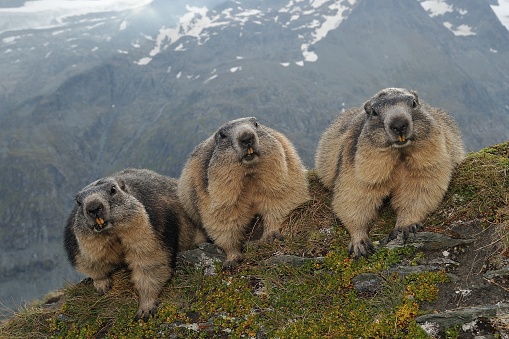
Scientific name: Marmota marmota
Family: Sciuridae
Location: European Alps, Carpathian Mountains, Tatra Mountains, and Balkan Mountains
Conservation status: Least Concern
Description: The Alpine marmot is a large squirrel that lives in family groups and inhabits alpine meadows. During hibernation, they share deep burrows to keep warm.
2. Arctic Ground Squirrel

Scientific name: Urocitellus parryii
Family: Sciuridae
Location: Northern regions of North America
Conservation status: Least Concern
Description: Arctic ground squirrels hibernate for an extended period during the winter, with their body temperature dropping below freezing. They have the deepest hibernation among mammals.
3. Big Brown Bat
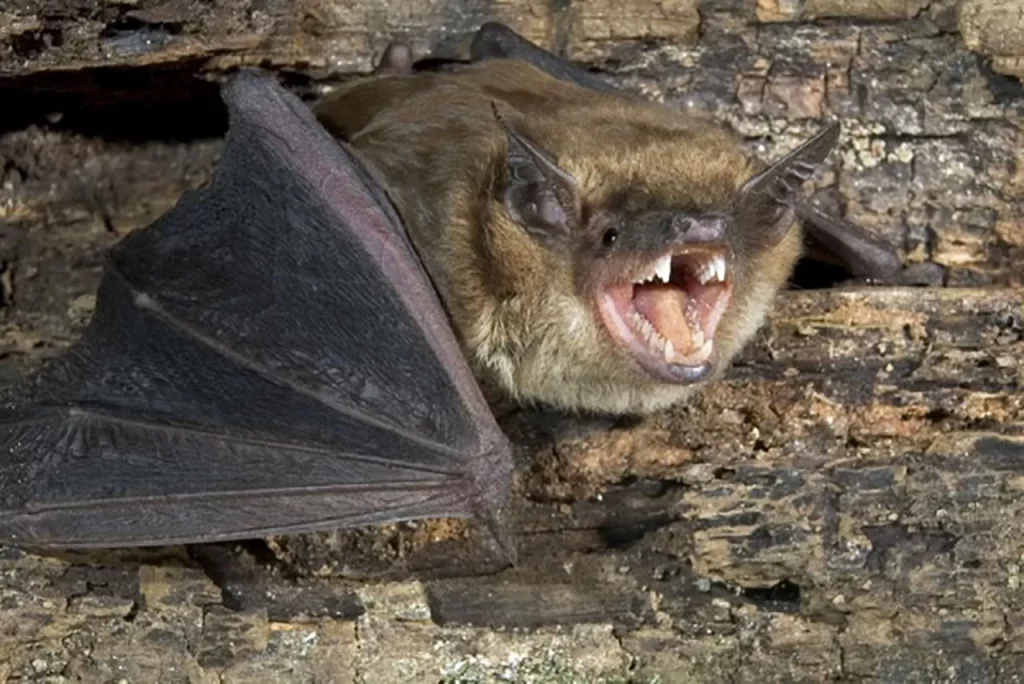
Scientific name: Eptesicus fuscus
Family: Vespertilionidae
Location: North and Central America
Conservation status: Least Concern
Description: Big brown bats hibernate in caves, mines, or buildings during the winter, either individually or in small groups.
4. American Black Bear
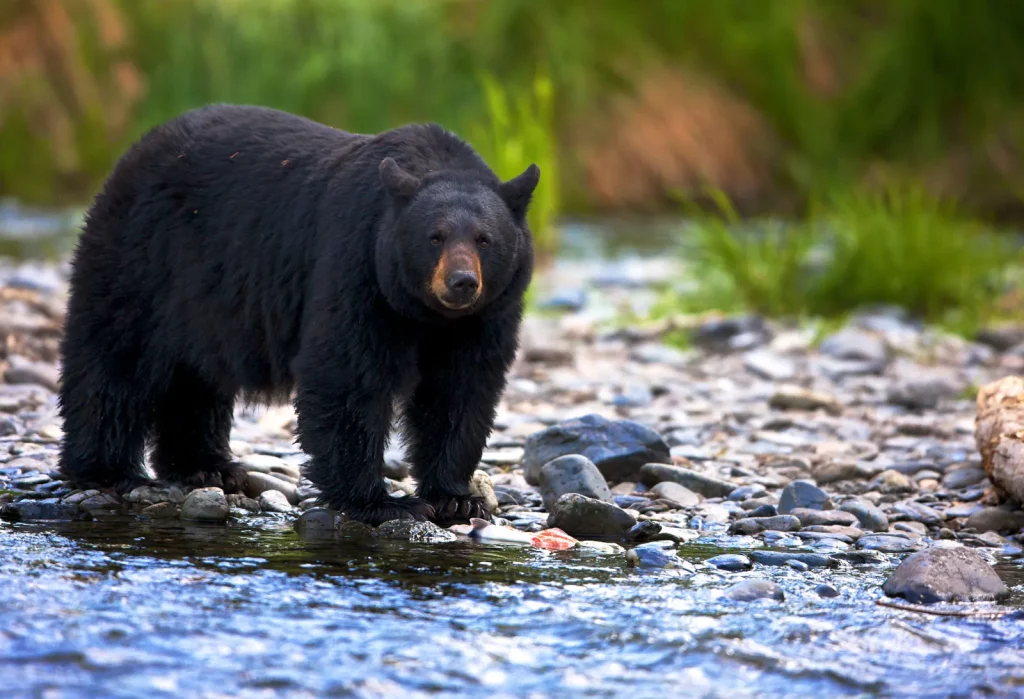
Scientific name: Ursus americanus
Family: Ursidae
Location: North America
Conservation status: Least Concern
Description: Black bears hibernate in natural cavities or create dens during the winter, where they go into a state of torpor.
5. Brown Bear
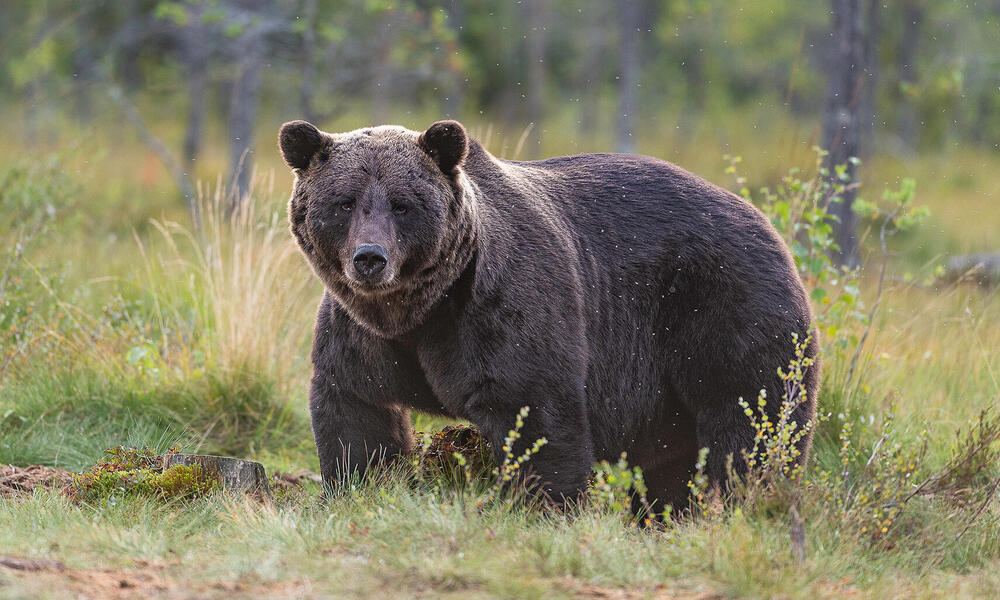
Scientific name: Ursus arctos
Family: Ursidae
Location: North America, Europe, and Asia
Conservation status: Least Concern
Description: Brown bears hibernate in dens they create or natural cavities for several months during the winter.
6. Eastern Chipmunk
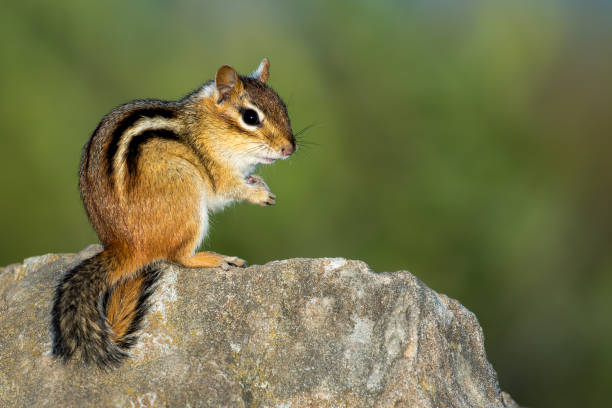
Scientific name: Tamias striatus
Family: Sciuridae
Location: Eastern North America
Conservation status: Least Concern
Description: Eastern chipmunks hibernate during the winter but periodically awaken to feed on stored food.
7. European Hedgehog
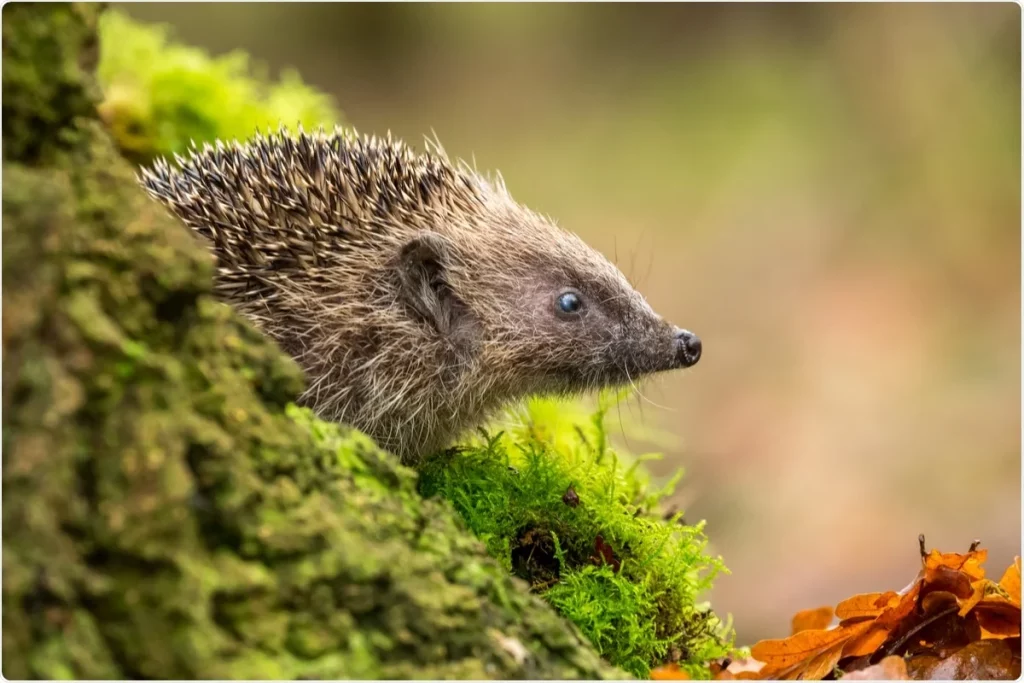
Scientific name: Erinaceus europaeus
Family: Erinaceidae
Location: Europe
Conservation status: Least Concern
Description: European hedgehogs hibernate in nests made of leaves and grasses during the winter.
8. Fat-Tailed Dwarf Lemur
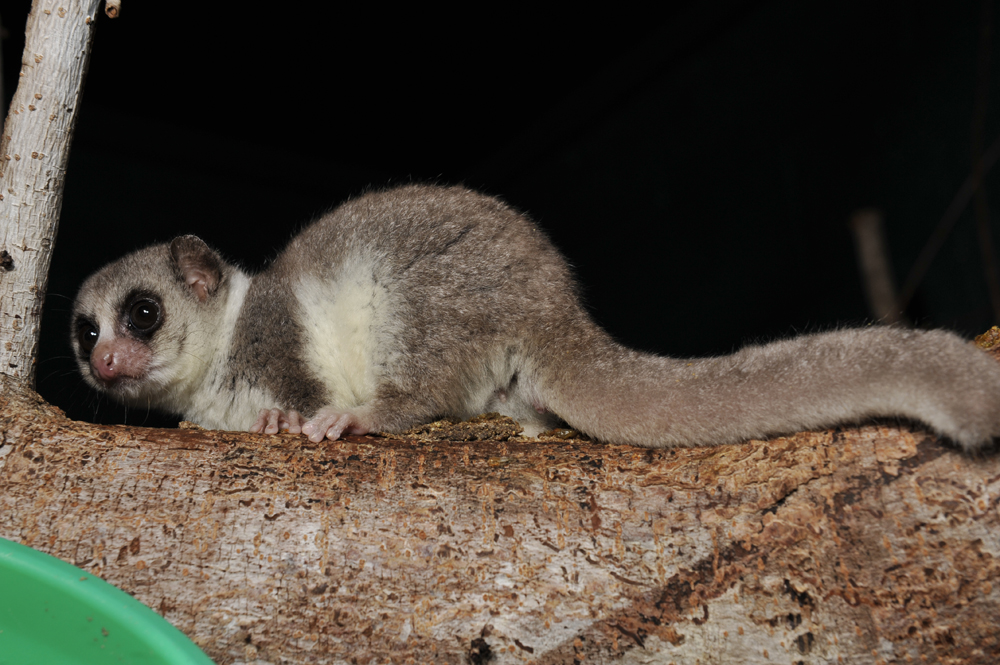
Scientific name: Cheirogaleus medius
Family: Cheirogaleidae
Location: Madagascar
Conservation status: Vulnerable
Description: Fat-tailed dwarf lemurs hibernate in tree holes during the dry season, relying on their fat reserves.
9. Garden Dormouse
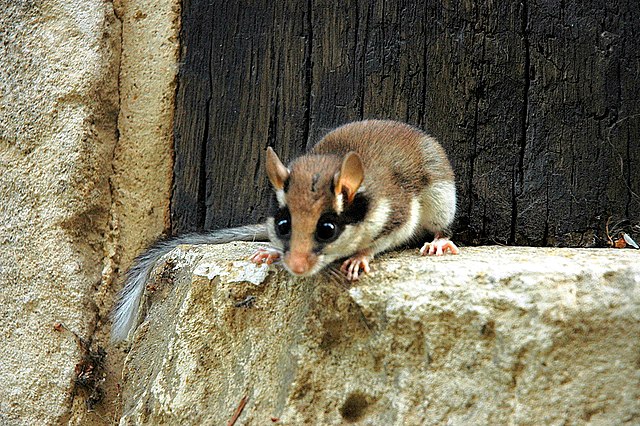
Scientific name: Eliomys quercinus
Family: Gliridae
Location: Europe and northern Africa
Conservation status: Near Threatened
Description: Garden dormice hibernate in tree cavities, abandoned bird nests, or burrows during the winter.
10. Gray Bat
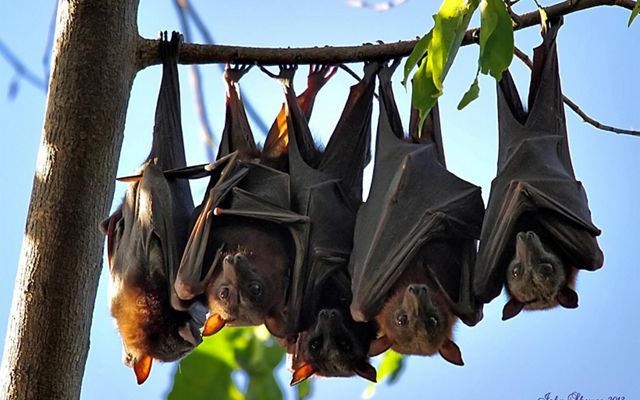
Scientific name: Myotis grisescens
Family: Vespertilionidae
Location: Southeastern United States
Conservation status: Vulnerable
Description: Gray bats hibernate in caves during the winter, forming clusters to conserve energy.
11. Greater Horseshoe Bat
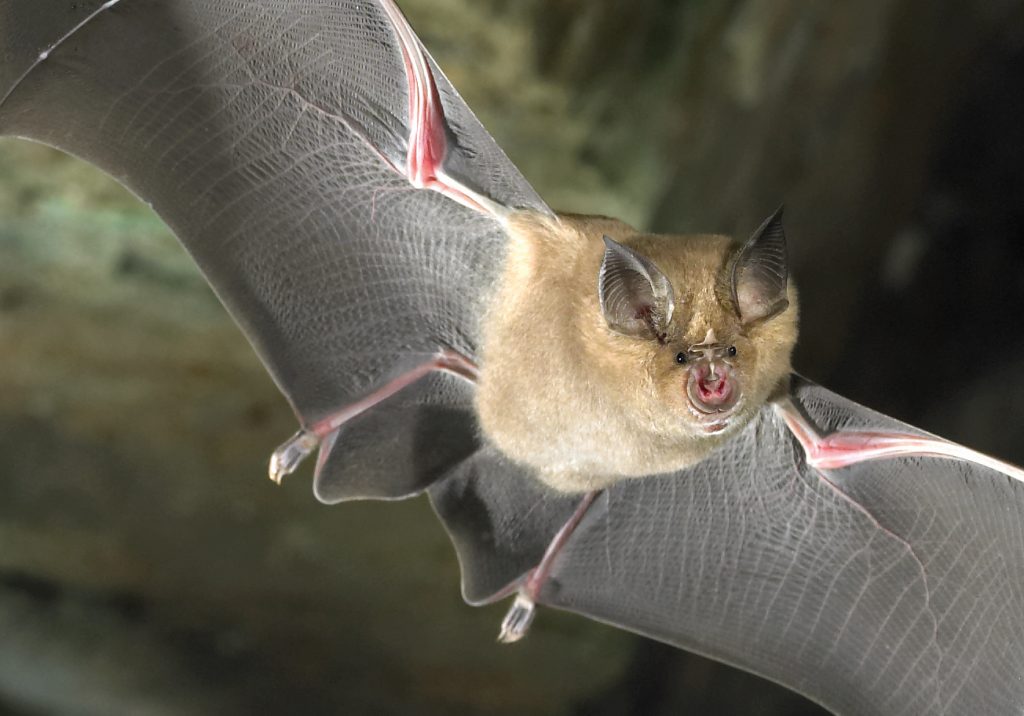
Scientific name: Rhinolophus ferrumequinum
Family: Rhinolophidae
Location: Europe, North Africa, and parts of Asia
Conservation status: Least Concern
Description: Greater horseshoe bats hibernate in caves, mines, or tunnels during the winter.
12. Groundhog
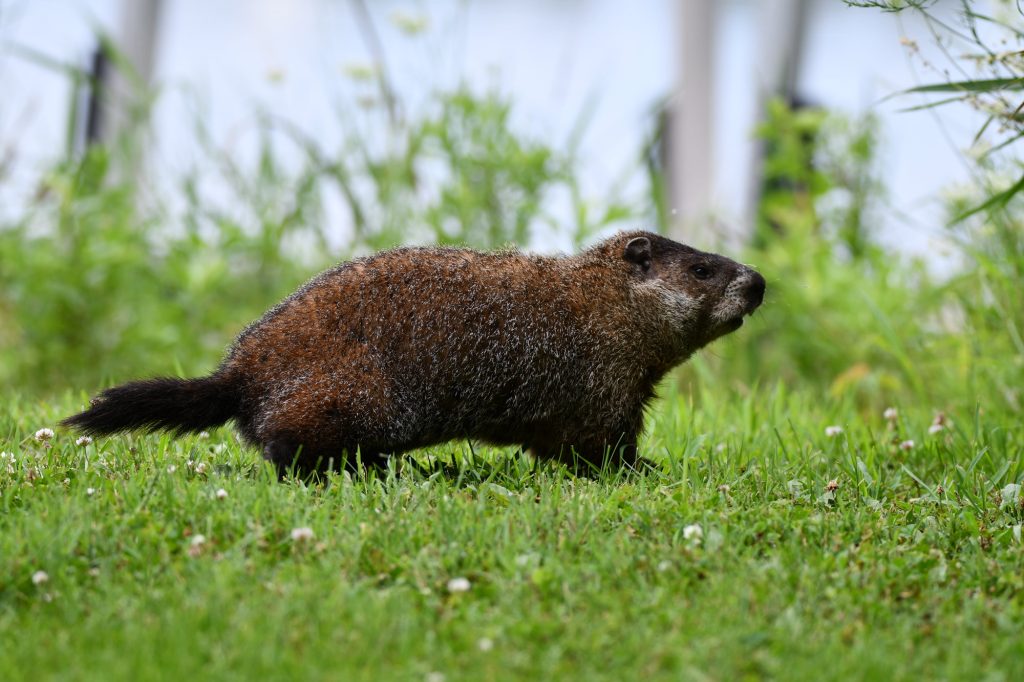
Scientific name: Marmota monax
Family: Sciuridae
Location: North America
Conservation status: Least Concern
Description: Groundhogs hibernate in deep burrows during the winter, entering a state of torpor to conserve energy.
13. Hazel Dormouse
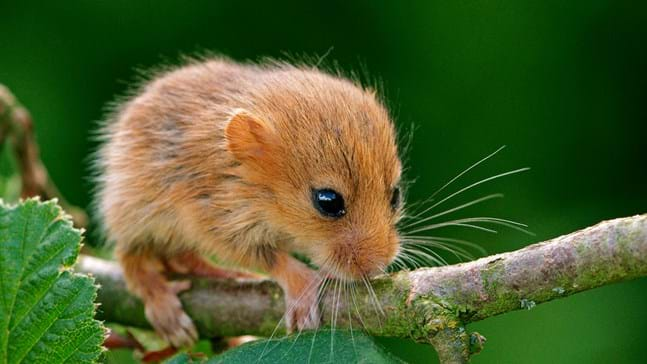
Scientific name: Muscardinus avellanarius
Family: Gliridae
Location: Europe
Conservation status: Least Concern
Description: Hazel dormice hibernate in nests on or near the ground, reducing their heart rate, body temperature, and metabolic rate.
14. Hoary Bat
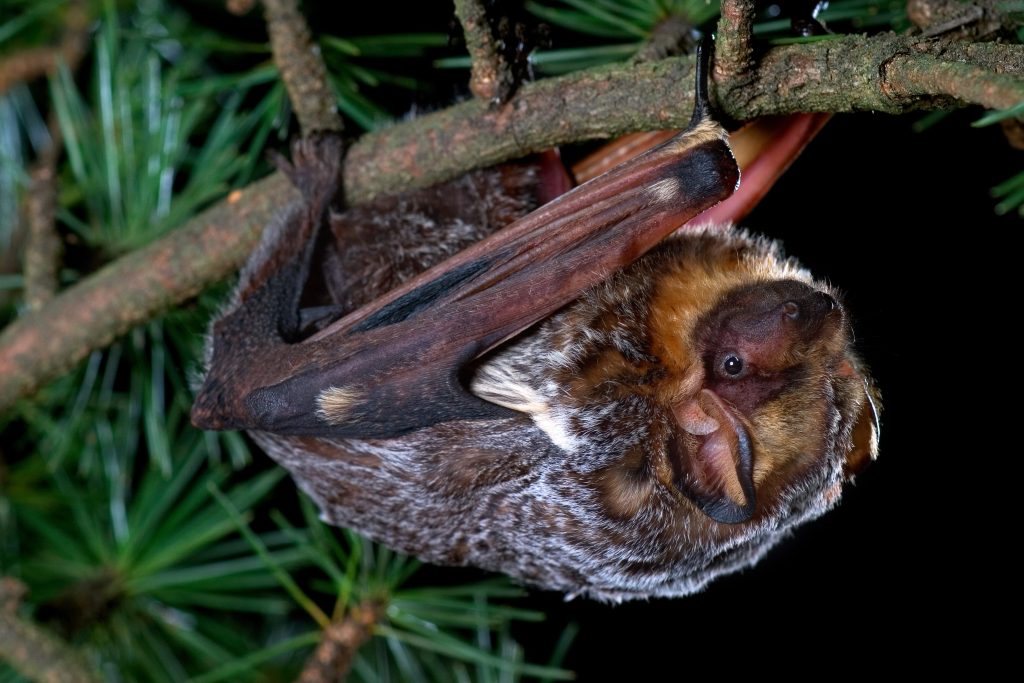
Scientific name: Lasiurus cinereus
Family: Vespertilionidae
Location: North and South America
Conservation status: Least Concern
Description: Hoary bats are migratory bats that travel to warmer climates during the winter, though some individuals have been found to hibernate for up to 6 months.
15. Northern Long-Eared Bat
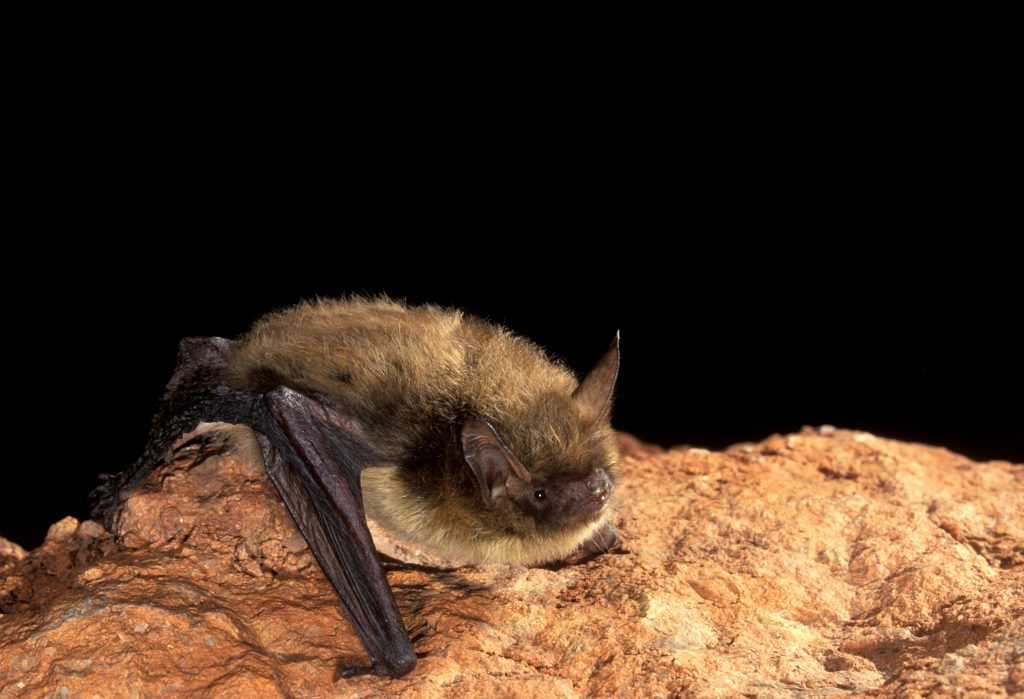
Scientific name: Myotis septentrionalis
Family: Vespertilionidae
Location: North America
Conservation status: Near Threatened
Description: Northern long-eared bats hibernate in caves, mines, or tunnels during the winter, often choosing cold and humid locations.
16. Short-Beaked Echidna
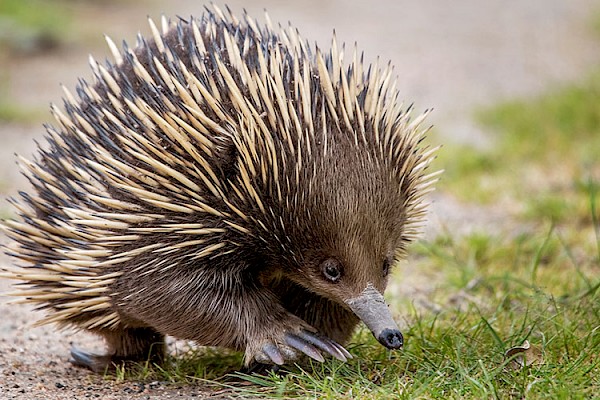
Scientific name: Tachyglossus aculeatus
Family: Tachyglossidae
Location: Australia and parts of New Guinea
Conservation status: Least Concern
Description: Short-beaked echidnas hibernate in their burrows during the Australian winter, relying on their stored fat reserves for energy.
17. Thirteen-Lined Ground Squirrel
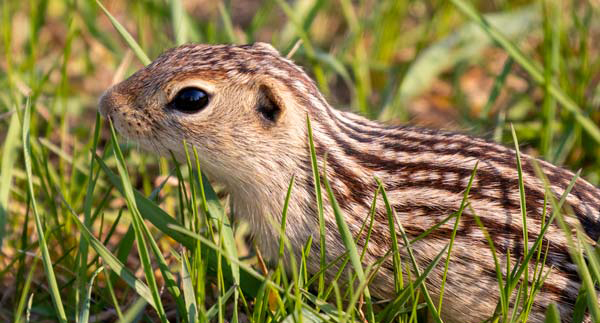
Scientific name: Ictidomys tridecemlineatus
Family: Sciuridae
Location: North America
Conservation status: Least Concern
Description: Thirteen-lined ground squirrels hibernate in deep burrows during the winter months.
18. Vancouver Island Marmot
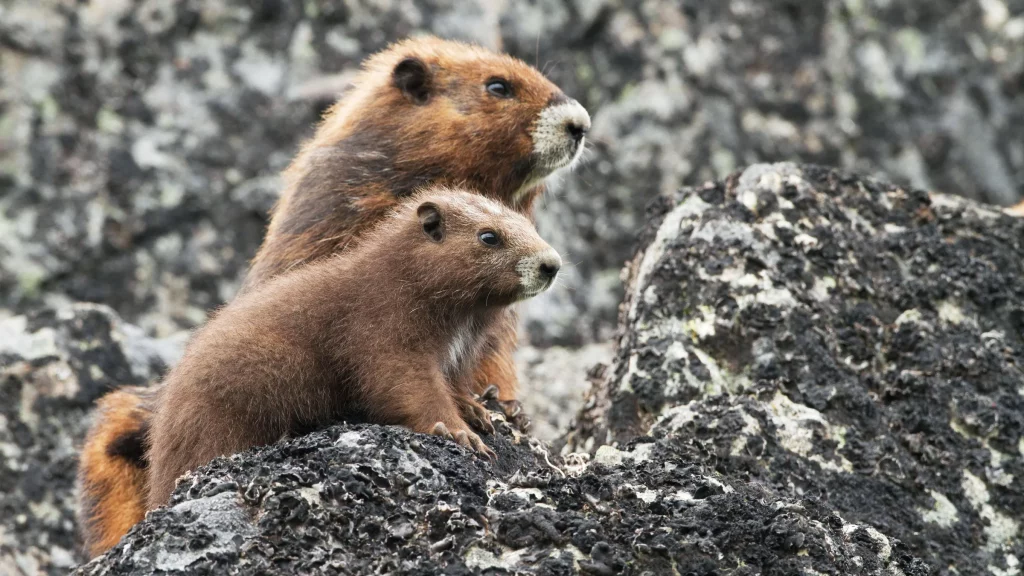
Scientific name: Marmota vancouverensis
Family: Sciuridae
Location: Vancouver Island, Canada
Conservation status: Critically Endangered
Description: Vancouver Island marmots hibernate in deep burrows for several months during the winter, often sharing the burrows with other marmots.
19. Whiskered Bat
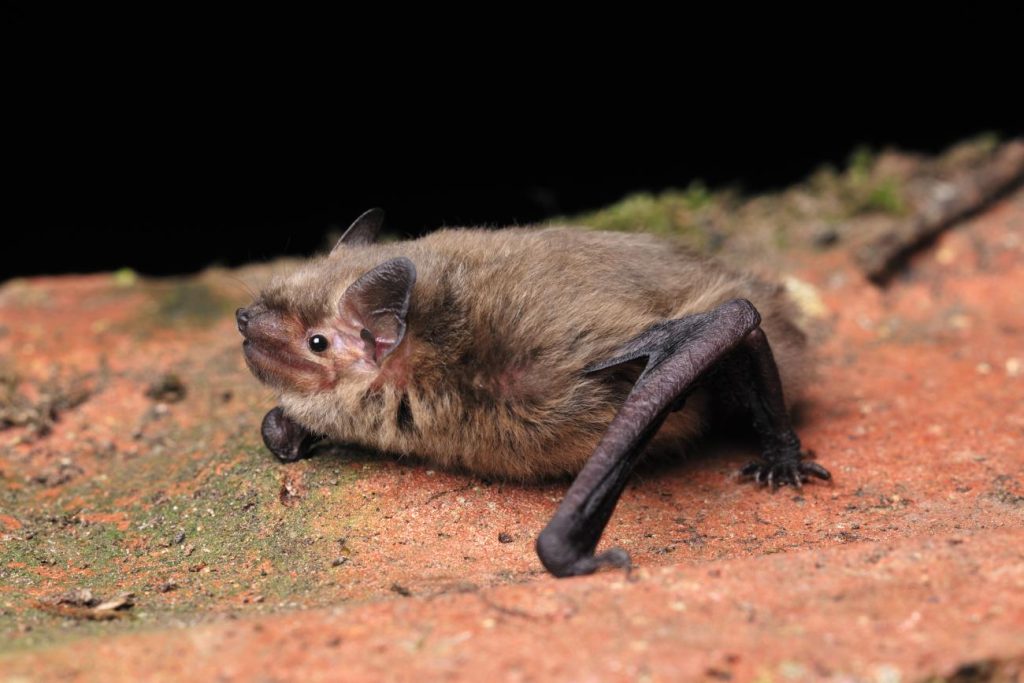
Scientific name: Myotis mystacinus
Family: Vespertilionidae
Location: Europe and parts of Asia
Conservation status: Least Concern
Description: Whiskered bats hibernate in caves, mines, or tunnels during the winter, either individually or in small clusters.
20. Yellow-Bellied Marmot
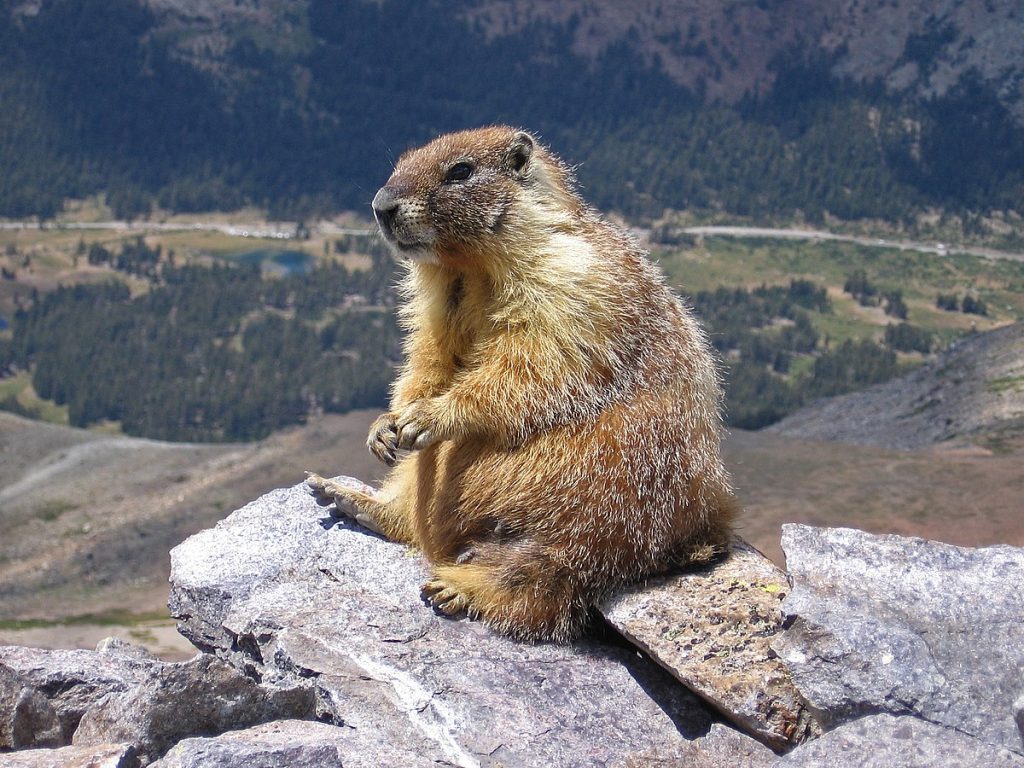
Scientific name: Marmota flaviventris
Family: Sciuridae
Location: Western North America
Conservation status: Least Concern
Description: Yellow-bellied marmots hibernate in deep burrows during the winter months to survive the harsh conditions.
D. Other Animals That Experience Seasonal Inactivity
While hibernation is exclusive to mammals, there are numerous other animals that undergo similar periods of inactivity during colder months to conserve energy. Here are some examples of animals, apart from mammals, that exhibit seasonal “hibernation.”
1. Antarctic Yellowbelly Rockcod
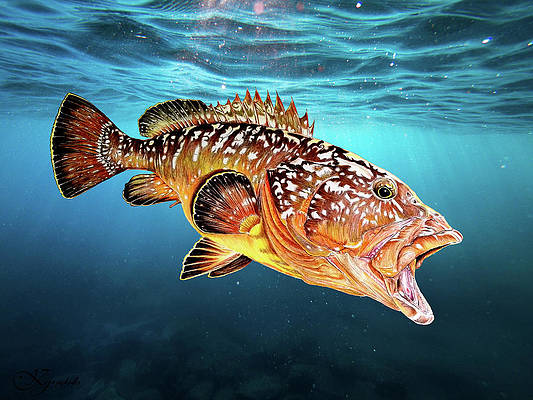
Scientific name: Notothenia coriiceps
Family: Nototheniidae
Location: Southern Ocean, particularly around the Antarctic Peninsula and subantarctic islands
Conservation status: Not Evaluated
Description: Antarctic yellowbelly rockcod, also known as black rockcod, are fish that exhibit lowered metabolism during winter, entering a dormant state comparable to mammalian hibernation. They dwell in rocky areas and feed on invertebrates and other fish.
2. Common Box Turtle
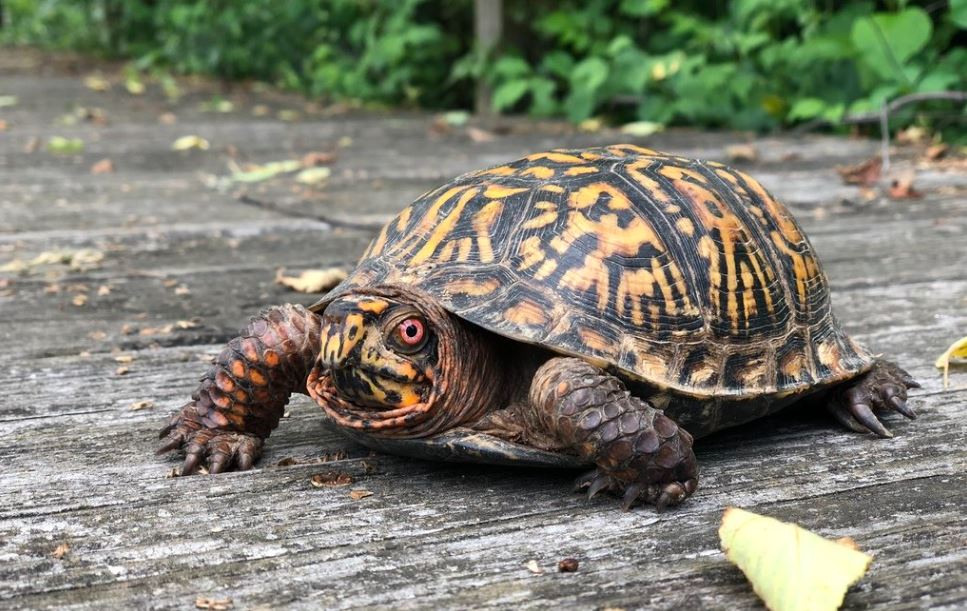
Scientific name: Terrapene carolina
Family: Emydidae
Location: Eastern United States
Conservation status: Vulnerable
Description: Common box turtles are small, land-dwelling turtles with a domed shell ranging from brown to black with yellow or orange markings. They inhabit various habitats like forests, grasslands, and wetlands, consuming a diverse diet of plants and animals.
Hibernation: During the winter, common box turtles undergo brumation, a period of dormancy. They seek refuge in burrows or under leaf litter from October to March.
3. Common Eastern Bumble Bee
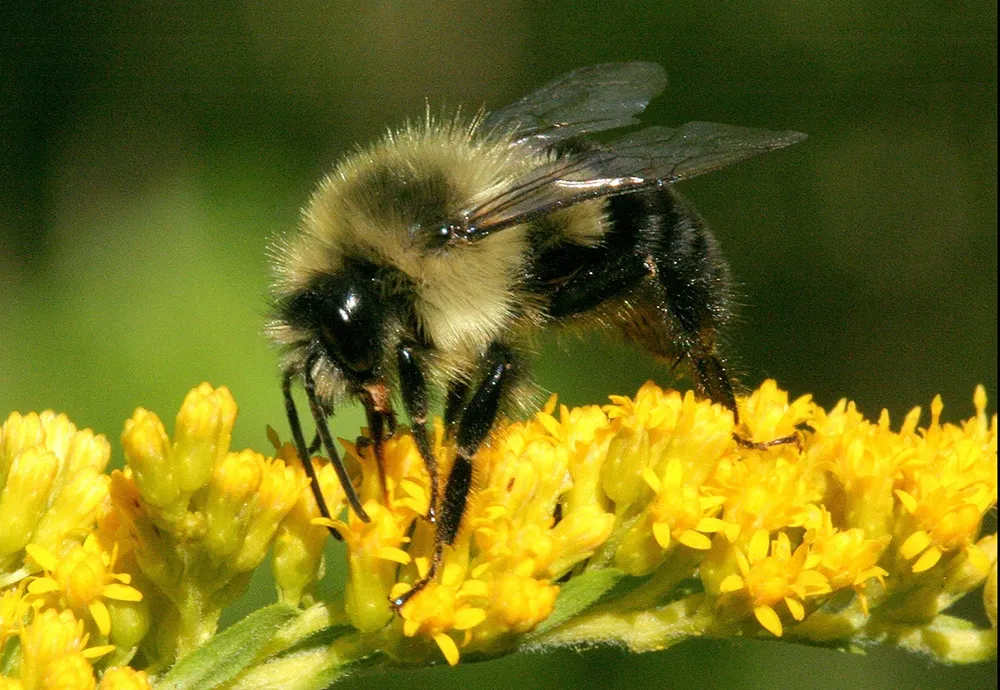
Scientific name: Bombus impatiens
Family: Apidae
Location: Eastern North America
Conservation status: Least Concern
Description: The common eastern bumble bee is the most prevalent bumble bee species in the Eastern United States. With a black body adorned by a yellow band on the thorax and first abdominal segment, they reside in a variety of habitats like forests, grasslands, and gardens, gathering nectar and pollen.
Hibernation: Only fertilized queen bumble bees survive winter by entering a state of torpor in small burrows or beneath leaf litter. The rest of the colony, including workers and males, perish in the fall.
4. Common Garter Snake

Scientific name: Thamnophis sirtalis
Family: Colubridae
Location: North America, from Alaska to Central America
Conservation status: Least Concern
Description: Common garter snakes are small to medium-sized serpents, typically measuring 46-137 cm in length. They display a dark body with three longitudinal stripes in yellow, blue, or white. These snakes inhabit diverse environments like forests, grasslands, and wetlands, and their diet includes amphibians, fish, and invertebrates.
Hibernation: Common garter snakes experience brumation, reducing their metabolic rate and body temperature, during the winter. They seek refuge in communal dens or burrows from October to March.
5. Common Poorwill
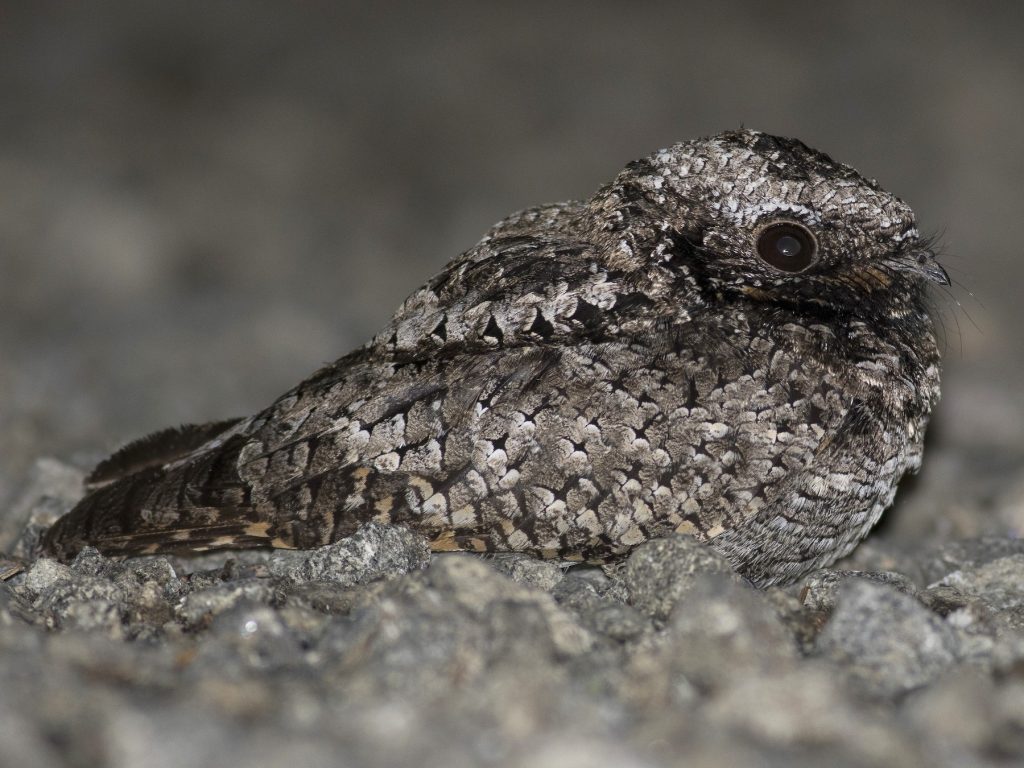
Scientific name: Phalaenoptilus nuttallii
Family: Caprimulgidae
Location: Western North America
Conservation status: Least Concern
Description: Common poorwills are nocturnal birds measuring 19-21 cm in length. Their mottled gray and brown plumage allows for excellent camouflage in arid and semi-arid habitats such as deserts, shrublands, and grasslands. They subsist on insects.
Hibernation: The common poorwill uniquely undergoes extended torpor similar to hibernation during winter. This state can last for several months, with significant reductions in metabolic rate, heart rate, and body temperature.
6. Monarch Butterfly

Scientific name: Danaus plexippus
Family: Nymphalidae
Location: North, Central, and South America
Conservation status: Least Concern
Description: Monarch butterflies are large and vibrant butterflies with a wingspan of 8.5-12.5 cm. Their wings display an orange and black pattern with white spots along the edges. They inhabit various habitats such as forests, grasslands, and gardens, and feed on the nectar of flowers.
Hibernation: Although monarch butterflies do not hibernate, they undergo a phenomenon called overwintering. Eastern North American populations migrate to central Mexico during the winter months. During this time, they enter a state of reproductive diapause, suspending their reproductive development. They gather in large numbers and rest in trees, exhibiting limited activity.
7. Texas Horned Lizard
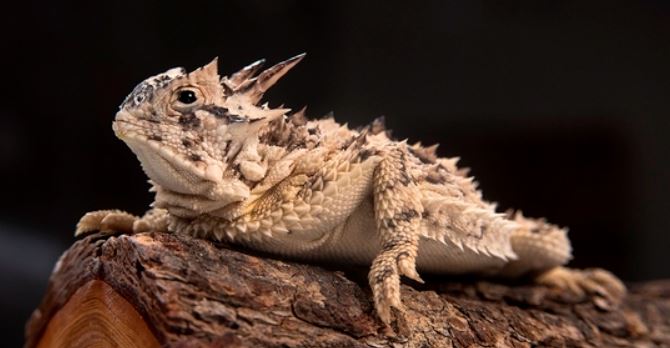
Scientific name: Phrynosoma cornutum
Family: Phrynosomatidae
Location: South-central United States and northern Mexico
Conservation status: Least Concern
Description: Texas horned lizards are small, flattened lizards measuring 6.5-10 cm in length. They possess a brown or gray body covered in numerous spines, along with two large horns on their head. These lizards inhabit arid and semi-arid habitats such as deserts, grasslands, and scrublands, primarily feeding on ants.
Hibernation: Texas horned lizards engage in brumation during the winter months, seeking shelter in burrows or under rocks from November to February. Their metabolic rate and body temperature decrease, enabling them to conserve energy.
8. Wood Frog
Scientific name: Lithobates sylvaticus
Family: Ranidae
Location: North America, from the northeastern United States to Alaska and northern Canada
Conservation status: Least Concern
Description: Wood frogs are small to medium-sized frogs measuring 3.5-7.5 cm in length. They possess brown or reddish-brown skin with a distinctive dark, mask-like marking around their eyes. Wood frogs inhabit various environments such as forests, grasslands, and wetlands, and they feed on a range of insects and other invertebrates.
Hibernation: Wood frogs enter a state of hibernation from October to March. They seek refuge under leaf litter or in shallow burrows. Remarkably, they can tolerate the freezing of their body fluids, allowing them to survive extremely cold temperatures. Their metabolic rate decreases significantly during hibernation to conserve energy.
E. Reptiles and Their Dormancy
Reptiles, being ectothermic creatures that rely on external heat sources to regulate their body temperature, have their own version of dormancy called brumation, which is similar to hibernation.
Unlike true hibernation seen in mammals, reptiles in brumation may exhibit occasional activity, such as basking in the sun or even drinking water, to warm up their bodies.
The length and intensity of brumation can vary among reptile species and the specific environmental conditions they face. While reptiles do not technically hibernate, they do undergo a form of dormancy, brumation, to survive colder periods.
F. The Dormancy of Insects
Insects, being cold-blooded creatures, are greatly affected by changes in temperature. To survive cold weather or unfavorable conditions, many insects enter a state called diapause, which is akin to hibernation.
Diapause is a period of dormancy characterized by reduced metabolic activity, halted growth, and decreased reliance on food and water. Insects seeking shelter during diapause often find protected spaces, such as under tree bark, in leaf litter, or even within human-made structures.
Different insect species have distinct responses to environmental cues that trigger diapause at different life stages, including eggs, larvae, pupae, or adults.
G. The Unique Strategies of Birds
Birds, being warm-blooded like mammals, do not hibernate in the traditional sense. Instead, their main strategy for coping with cold temperatures and limited food availability during winter is migration, taking advantage of their ability to fly.
While some bird species may enter a state of torpor, which is a temporary and reversible hibernation-like state, most birds do not. Torpor allows birds to significantly reduce their metabolic rate, body temperature, and other physiological processes to conserve energy. However, among birds, the common poorwill is the only known species to enter an extended period of torpor.
